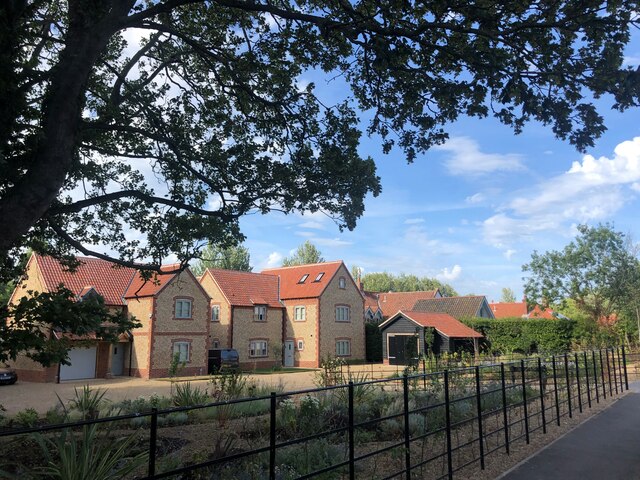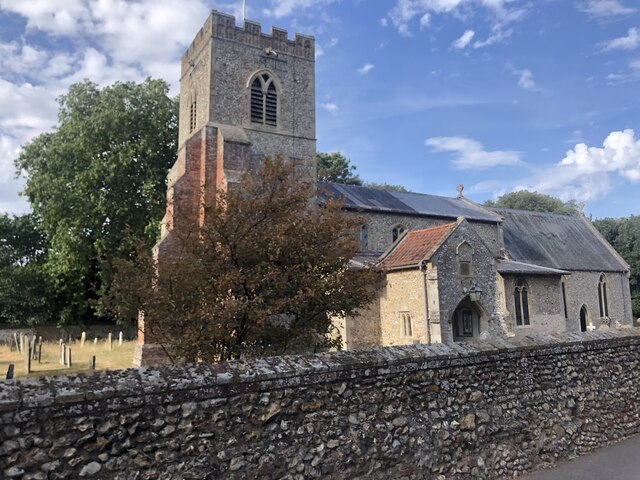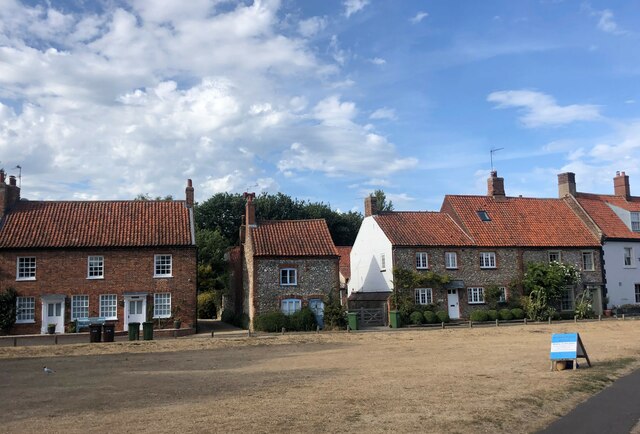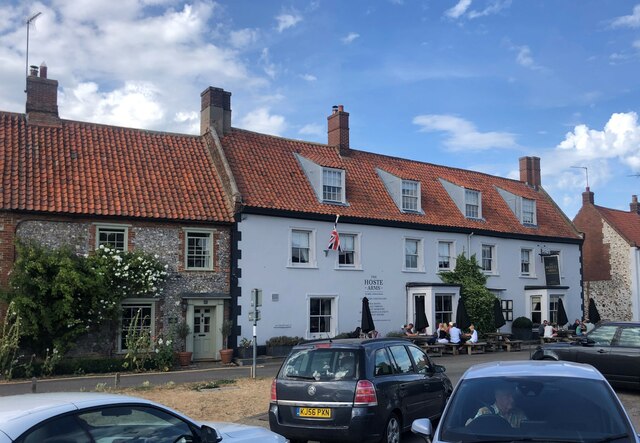Chalk Hill
Hill, Mountain in Norfolk King's Lynn and West Norfolk
England
Chalk Hill

Chalk Hill is a prominent natural landmark located in Norfolk, England. It is a chalk hill that rises to an elevation of approximately 120 meters above sea level, making it one of the highest points in the region. This hill is situated in the eastern part of Norfolk, near the town of Wells-next-the-Sea.
The chalk hill is characterized by its steep slopes and distinctive white appearance, which is a result of the underlying chalk bedrock. The hill offers breathtaking panoramic views of the surrounding countryside, including the Norfolk coast and the North Sea. On clear days, visitors can enjoy stunning vistas stretching as far as the eye can see.
Chalk Hill is also known for its rich biodiversity, as it supports a variety of plant and animal species. The chalk grassland habitat is home to a range of wildflowers, including orchids, harebells, and cowslips. Many species of butterflies, bees, and other insects can be found here, attracted by the abundance of nectar-rich flowers.
The hill is a popular destination for outdoor activities such as walking, hiking, and picnicking. Several footpaths and trails traverse the area, allowing visitors to explore its natural beauty at their own pace. The surrounding countryside also offers opportunities for birdwatching and wildlife spotting.
Chalk Hill in Norfolk is not only a natural marvel but also a significant cultural and historical site. It has been mentioned in various historical documents, and its slopes are believed to have been used by ancient settlers as vantage points. Today, it continues to captivate visitors with its stunning natural beauty and provide a unique and enjoyable outdoor experience.
If you have any feedback on the listing, please let us know in the comments section below.
Chalk Hill Images
Images are sourced within 2km of 52.942897/0.7061592 or Grid Reference TF8141. Thanks to Geograph Open Source API. All images are credited.
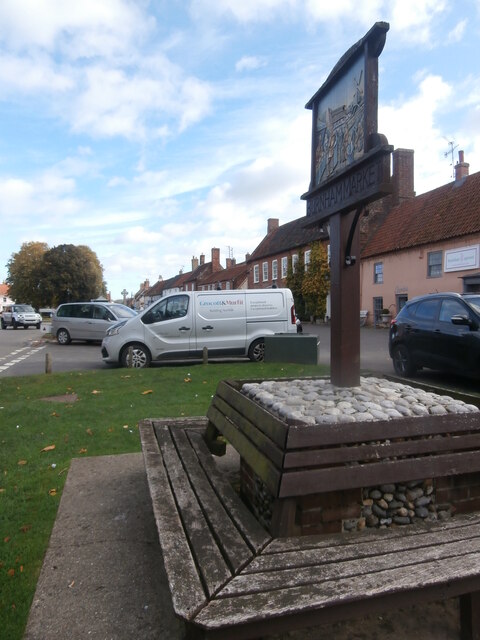






Chalk Hill is located at Grid Ref: TF8141 (Lat: 52.942897, Lng: 0.7061592)
Administrative County: Norfolk
District: King's Lynn and West Norfolk
Police Authority: Norfolk
What 3 Words
///shutting.inferior.baguette. Near Wells-next-the-Sea, Norfolk
Nearby Locations
Related Wikis
Burnham Westgate Hall
Burnham Westgate Hall is a Georgian country house near Burnham Market, Norfolk, about 2 mi (3.2 km) south of the north Norfolk coast. It was remodelled...
Burnham Market
Burnham Market is an English village and civil parish near the north coast of Norfolk. It is one of the Burnhams, a group of three adjacent villages that...
Burnham Market railway station
Burnham Market was a railway station which served the village of Burnham Market in Norfolk, England. Opened by the West Norfolk Junction railway in 1866...
St Margaret's Church, Burnham Norton
St Margaret's Church is a round-tower church in Burnham Norton, Norfolk, England. Likely to have been built in the 11th century, the building retains many...
Nearby Amenities
Located within 500m of 52.942897,0.7061592Have you been to Chalk Hill?
Leave your review of Chalk Hill below (or comments, questions and feedback).
